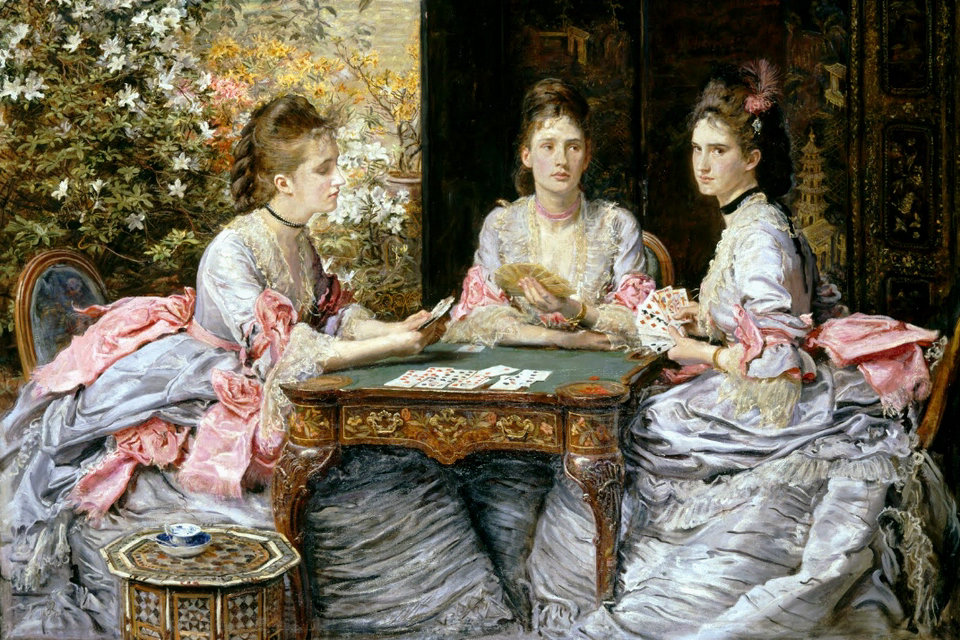Victorian Spectacle, Tate Britain


Victorian painting refers to the distinctive styles of painting in the United Kingdom during the reign of Queen Victoria (1837–1901). Victoria’s early reign was characterised by rapid industrial development and social and political change, which made the United Kingdom one of the most powerful and advanced nations in the world.
Victorian painting were based on painting as accurately as possible from nature when able, and when painting imaginary scenes to ensure they showed as closely as possible the scene as it would have appeared, rather than distorting the subject of the painting to make it appear noble. They also felt that it was the role of the artist to tell moral lessons, and chose subjects which would have been understood as morality tales by the audiences of the time. They were particularly fascinated by recent scientific advances which appeared to disprove the biblical chronology, as they related to the scientists’ attention to detail and willingness to challenge their own existing beliefs. Although the Pre-Raphaelite Brotherhood was relatively short-lived, their ideas were highly influential.
Some of the Pre-Raphaelite adherents abandoning strict realism in favour of poetry and attractiveness. This tended to be embodied in paintings of women. As with many other artists and writers of the time, as increasingly saw love as the most important subject.
A severe economic depression and the increasing spread of mechanisation made British cities an increasingly unpleasant place to live, and artists turned against the emphasis on reflecting reality. A new generation of painters and writers known as the aesthetic movement felt that the domination of art buying by the poorly-educated middle class, and the Pre-Raphaelite emphasis on reflecting the reality of an ugly world, was leading to a decline in the quality of painting. The aesthetic movement concentrated on creating works depicting beauty and noble deeds, as a distraction from the unpleasantness of reality.
Tate Britain
Tate Britain is an executive non-departmental public body and an exempt charity. Its mission is to increase the public’s enjoyment and understanding of British art from the 16th century to the present day and of international modern and contemporary art
Tate Britain is the national gallery of British art from 1500 to the present day As such, it is the most comprehensive collection of its kind in the world.
The main display spaces show the permanent collection of historic British art, as well as contemporary work It has rooms dedicated to works by one artist.
Virtual Exhibition Content is Provided by Google Maps and Google Arts & Culture Project